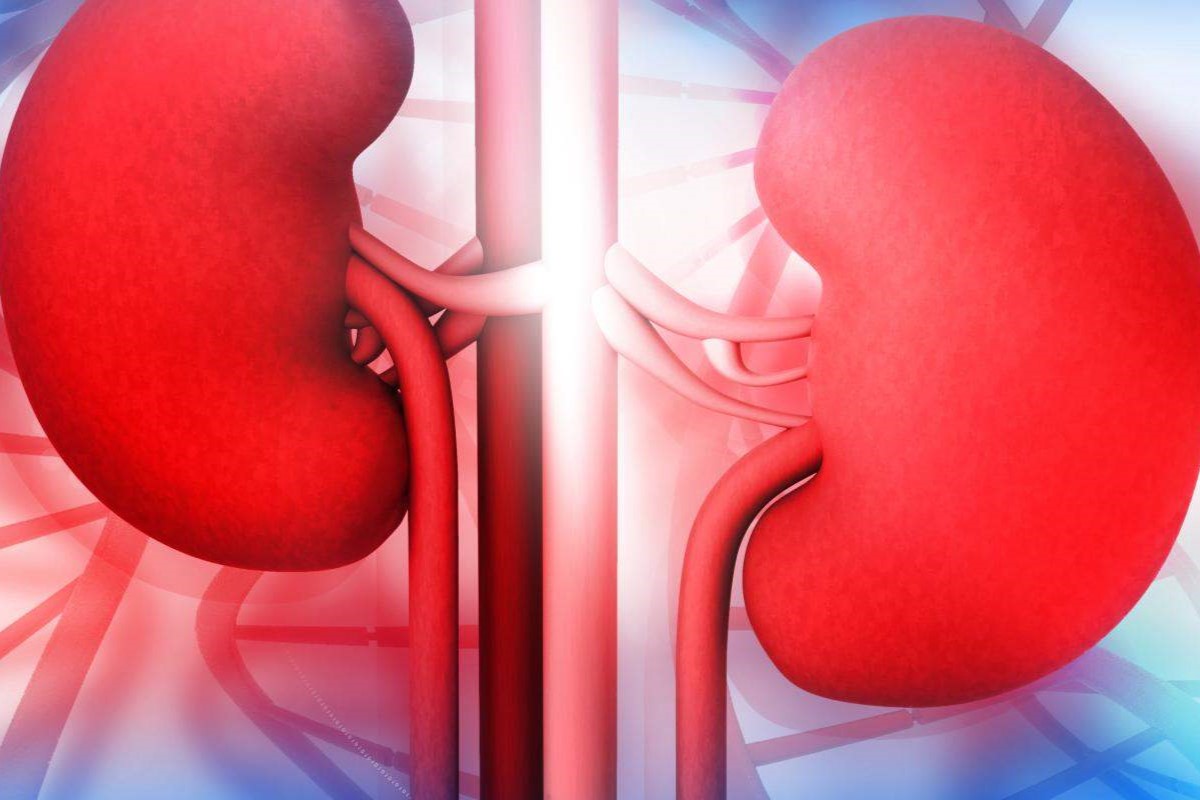
Brewer infarcts might sound like a complex medical term, but understanding it can be simpler than you think. These infarcts are small areas of dead tissue caused by a lack of blood supply, often linked to conditions like diabetes or high blood pressure. Why should you care? Because recognizing the signs early can make a huge difference in treatment and recovery. In this post, we'll break down 25 essential facts about Brewer infarcts, from what causes them to how they can be prevented. Ready to learn more? Let's dive into the details and empower you with knowledge that could potentially save lives.
Key Takeaways:
- Brewer infarcts are small but serious brain strokes, more common in older adults. High blood pressure, diabetes, and lifestyle factors contribute to their development. Early diagnosis and lifestyle changes can help prevent further strokes.
- Symptoms of Brewer infarcts include motor deficits, sensory changes, speech problems, cognitive impairment, and balance issues. Managing risk factors through medication, lifestyle changes, and quitting smoking can reduce the risk of these strokes.
What Are Brewer Infarcts?
Brewer infarcts, also known as lacunar infarcts, are small, deep brain strokes. They occur when tiny arteries supplying blood to the brain get blocked. These infarcts can lead to various neurological symptoms depending on their location.
-
Small but Significant: Brewer infarcts are typically less than 15 millimeters in diameter. Despite their small size, they can cause significant neurological deficits.
-
Common in Elderly: These infarcts are more common in older adults. Age-related changes in blood vessels increase the risk.
-
Hypertension Connection: High blood pressure is a major risk factor. It can damage small blood vessels in the brain, leading to infarcts.
-
Silent Strokes: Many Brewer infarcts are "silent," meaning they cause no immediate symptoms. They are often discovered incidentally during brain imaging for other reasons.
-
Diabetes Risk: Diabetes increases the risk of Brewer infarcts. High blood sugar levels can damage blood vessels over time.
Symptoms of Brewer Infarcts
Symptoms vary based on the infarct's location in the brain. Some people may experience noticeable changes, while others might not feel any different.
-
Motor Deficits: Weakness or paralysis on one side of the body is a common symptom. This can affect the face, arm, or leg.
-
Sensory Changes: Some people experience numbness or tingling. These sensory changes usually occur on one side of the body.
-
Speech Problems: Difficulty speaking or understanding speech can occur if the infarct affects language areas of the brain.
-
Cognitive Impairment: Memory problems or difficulty with thinking and reasoning can result from Brewer infarcts.
-
Balance Issues: Trouble with balance and coordination may arise, making walking difficult.
Causes and Risk Factors
Understanding the causes and risk factors can help in preventing Brewer infarcts. Several lifestyle and medical factors contribute to their development.
-
Smoking: Smoking damages blood vessels, increasing the risk of infarcts. Quitting smoking can reduce this risk.
-
High Cholesterol: Elevated cholesterol levels can lead to plaque buildup in arteries, restricting blood flow to the brain.
-
Obesity: Excess weight increases the risk of hypertension and diabetes, both of which are risk factors for Brewer infarcts.
-
Sedentary Lifestyle: Lack of physical activity can contribute to obesity, high blood pressure, and diabetes.
-
Family History: A family history of stroke or cardiovascular disease can increase the risk of Brewer infarcts.
Diagnosis of Brewer Infarcts
Diagnosing Brewer infarcts involves various imaging techniques and tests. Early diagnosis can help manage and reduce the risk of further strokes.
-
MRI Scans: Magnetic Resonance Imaging (MRI) is the most effective tool for detecting Brewer infarcts. It provides detailed images of brain structures.
-
CT Scans: Computed Tomography (CT) scans can also detect infarcts, though they are less sensitive than MRI.
-
Blood Tests: Blood tests can help identify risk factors like high cholesterol and diabetes.
-
Electrocardiogram (ECG): An ECG can detect heart problems that might contribute to stroke risk.
-
Carotid Ultrasound: This test checks for blockages in the carotid arteries, which supply blood to the brain.
Treatment and Management
Managing Brewer infarcts involves addressing the underlying causes and preventing further strokes. Treatment plans are tailored to individual needs.
-
Blood Pressure Control: Keeping blood pressure in check is crucial. Medications and lifestyle changes can help achieve this.
-
Diabetes Management: Controlling blood sugar levels can reduce the risk of further infarcts.
-
Cholesterol-Lowering Medications: Statins and other medications can help lower cholesterol levels.
-
Antiplatelet Drugs: Medications like aspirin can prevent blood clots from forming.
-
Lifestyle Changes: Adopting a healthy diet, exercising regularly, and quitting smoking can significantly reduce the risk of Brewer infarcts.
Final Thoughts on Brewer Infarcts
Brewer infarcts, though rare, are crucial to understand. These small, localized areas of tissue death in the brain can have significant impacts on health. Early detection and treatment can make a big difference in outcomes. Knowing the symptoms, such as sudden headaches, dizziness, or vision changes, can help in seeking timely medical attention.
Preventive measures like maintaining a healthy lifestyle, managing blood pressure, and avoiding smoking can reduce risks. Regular check-ups with healthcare providers ensure any potential issues are caught early.
Staying informed about Brewer infarcts empowers individuals to take proactive steps in their health journey. By understanding the facts, recognizing symptoms, and adopting preventive habits, one can better navigate the challenges posed by this condition. Knowledge truly is power when it comes to health.
Frequently Asked Questions
Was this page helpful?
Our commitment to delivering trustworthy and engaging content is at the heart of what we do. Each fact on our site is contributed by real users like you, bringing a wealth of diverse insights and information. To ensure the highest standards of accuracy and reliability, our dedicated editors meticulously review each submission. This process guarantees that the facts we share are not only fascinating but also credible. Trust in our commitment to quality and authenticity as you explore and learn with us.
